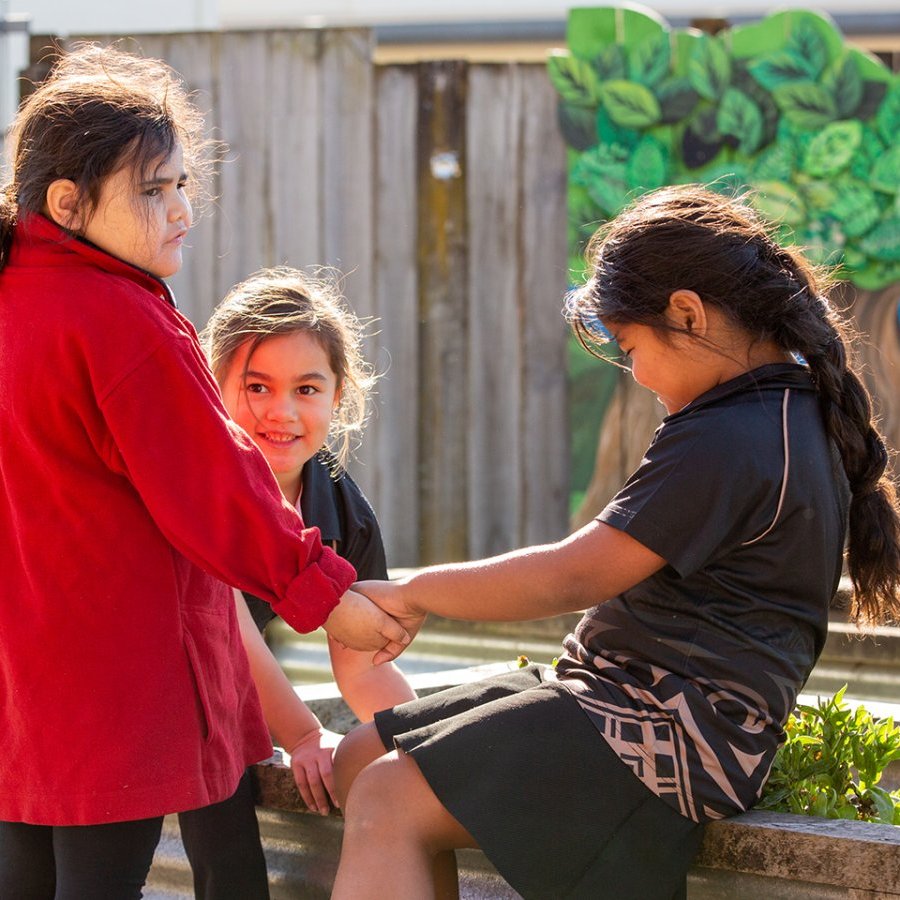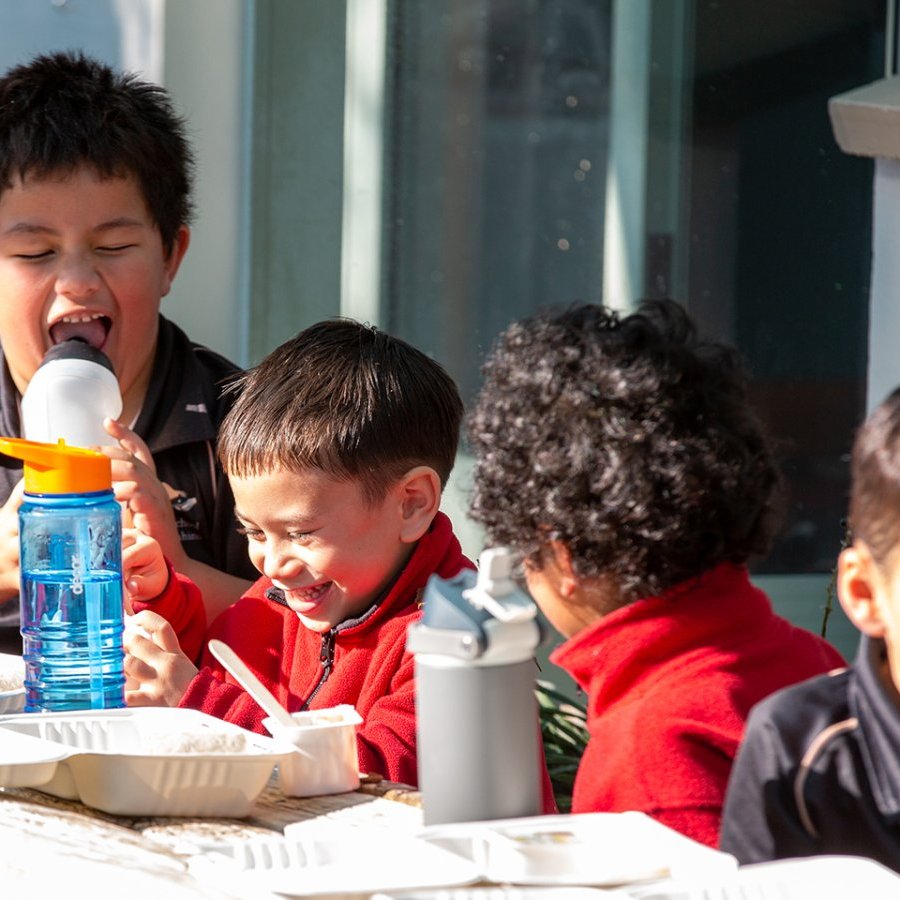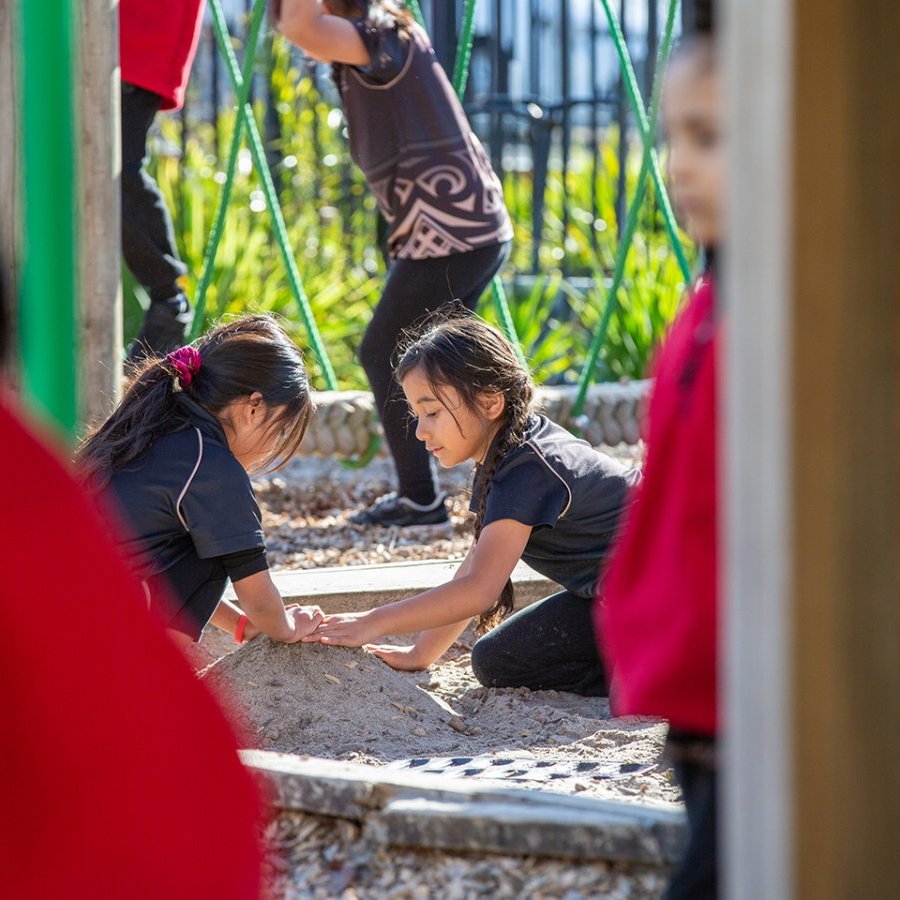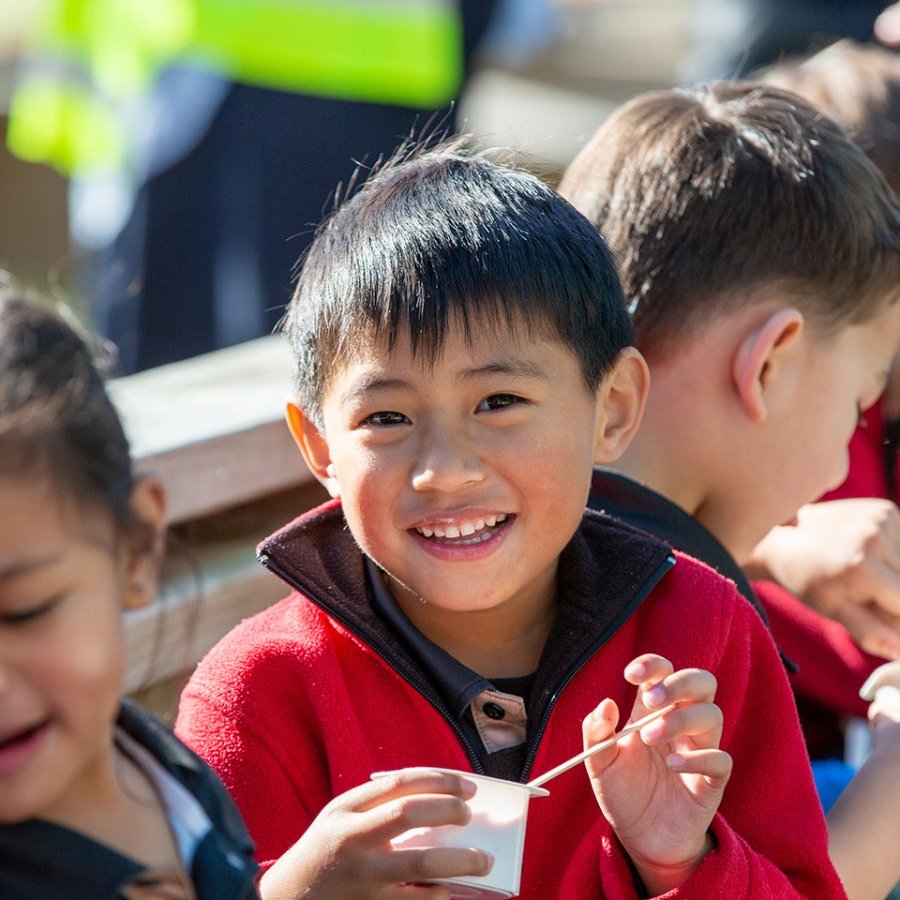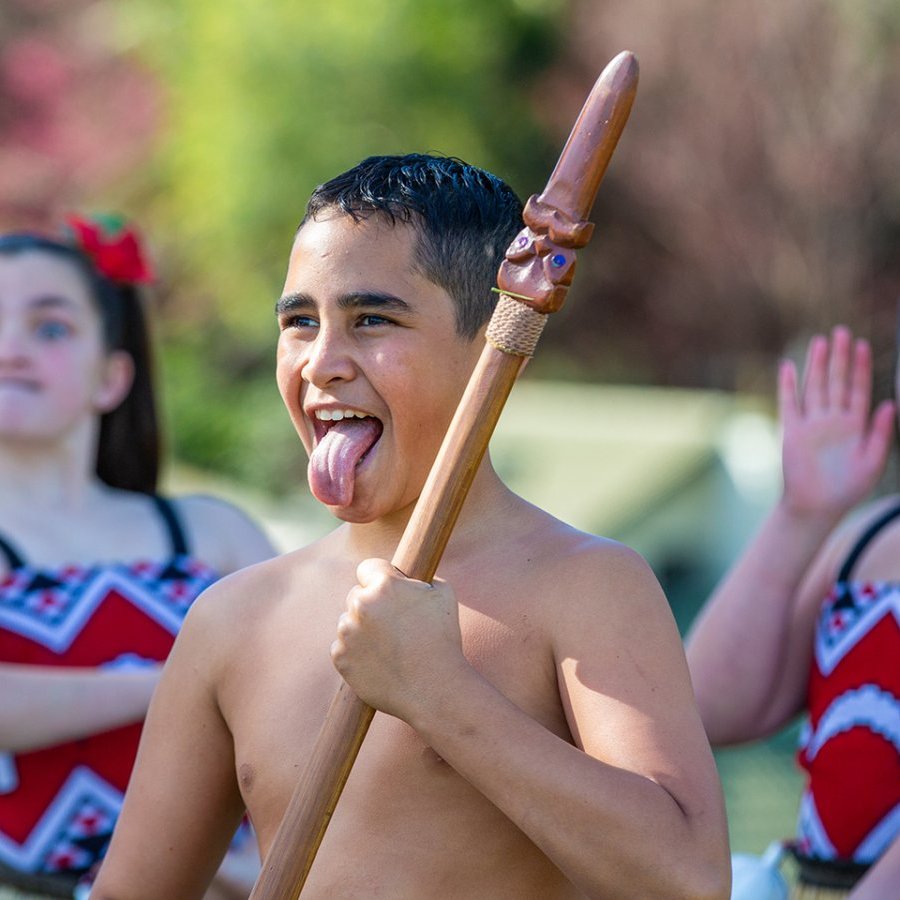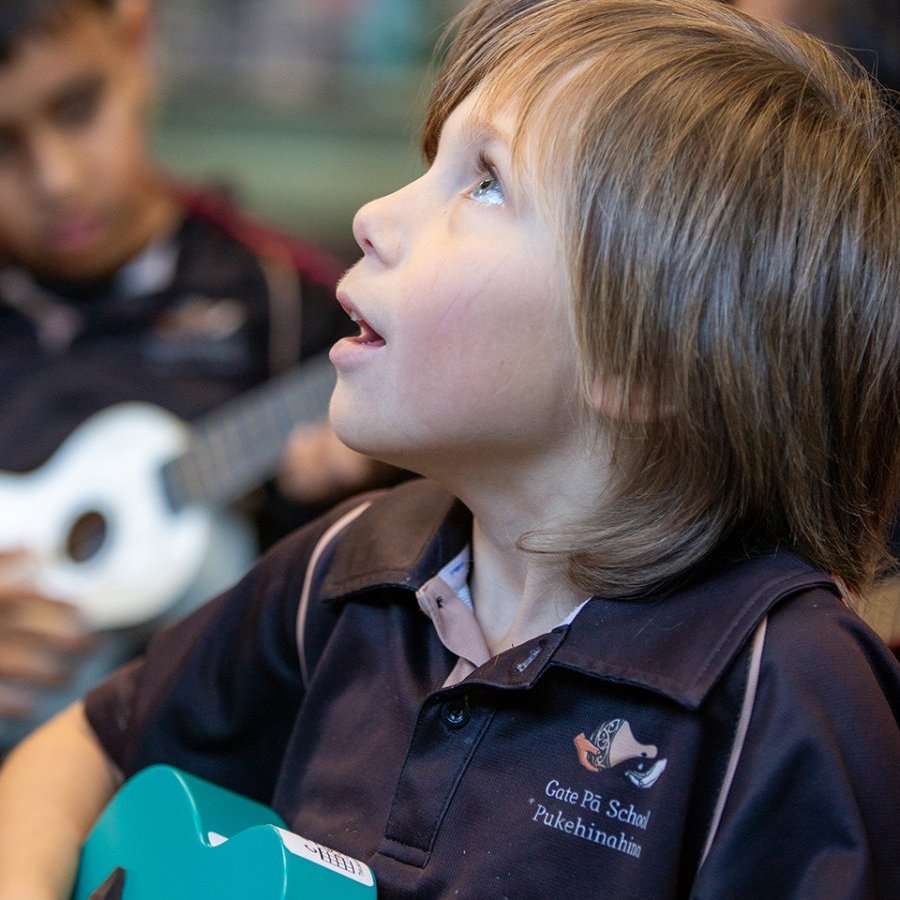Our Place
Gate Pā School is in the heart of the Gate Pā community, surrounded by bustling facilities including a shopping centre, cafes, a hospital, and the Pukehinahina memorial reserve. Just metres away lies a secondary school and several early childhood centres including Te Puna Reo o Pukehinahina.
Our school is situated on Cameron Road, one of the main roads through the city, and is within an easy drive to Tauranga's city centre.
The area served by Gate Pā School has matured into an urban area which includes privately owned family homes, retirement townhouses, state and rental homes. There are many new subdivisions nearby and many more are planned. Our diverse school community could be considered typical of today’s urban world.
On leaving Gate Pā School most students attend Tauranga Intermediate School or Te Wharekura o Mauao.
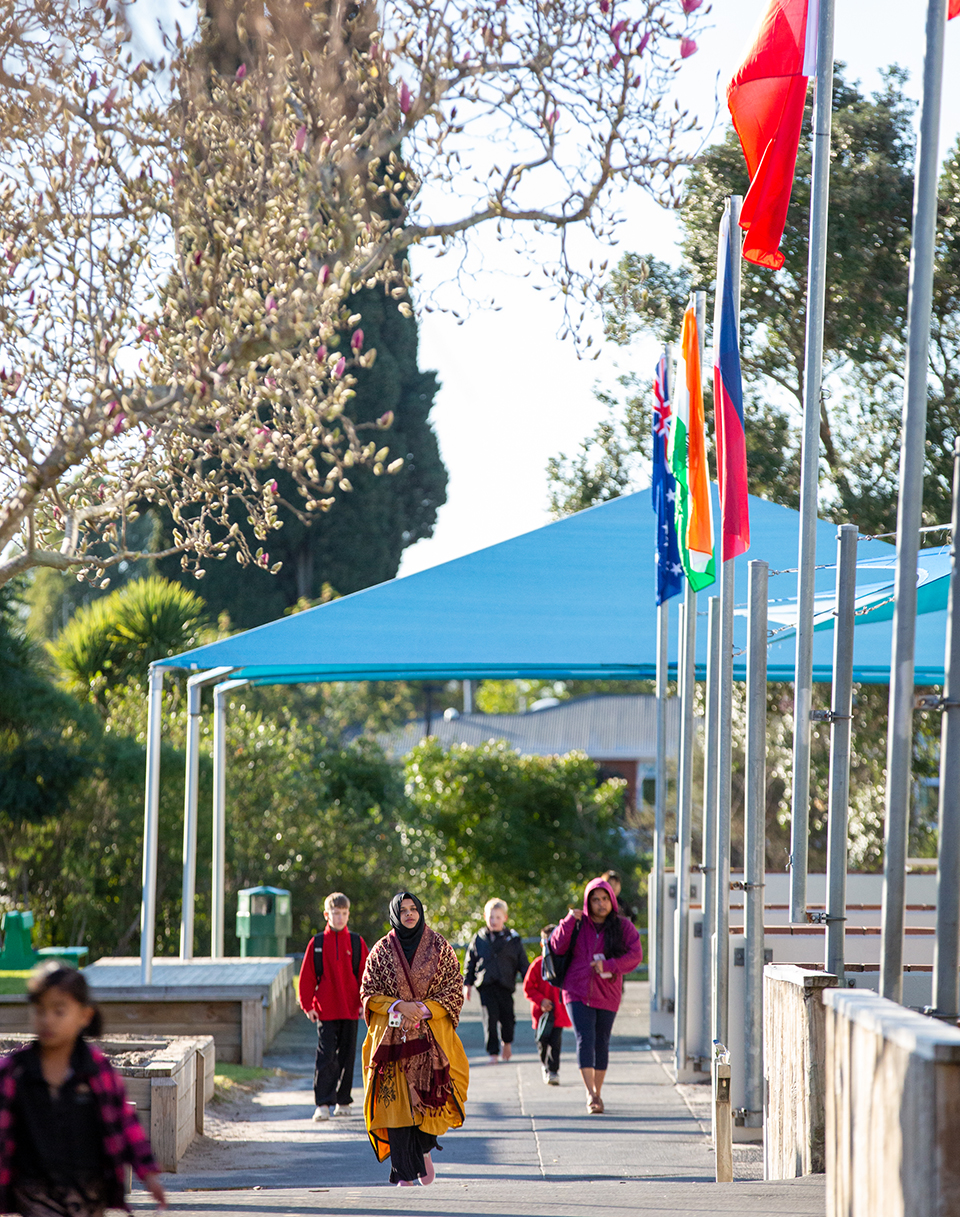
Our History
Up until March 22nd 2001 our school was known as Tauranga South School. After extensive consultation with the local community and the wider Tauranga, the decision was made to rename the school as Gate Pā School.
This area in Tauranga is now known as the suburb of Gate Pā; it is very close to where the famous battle of Gate Pā took place and we wanted to embrace this significant history in our school.
You will notice in our school logo the gourd (water container) that was given by a Māori woman, Hēni Pore to an injured British soldier which embraces the compassion and dignity that was shown during the time of war.
Learn more about Battle of Gate Pā
Gate Pā School Poupou
Situated at the entrance of the school are two poupou, at the top of each stand two local ancestors Te Rauhea Paraone Koikoi (1828-1874) on the right and his wife Matatu Koikoi (1824- 1896) on the left.
They are both holding Rau/Leaves, performing a Pōwhiri/Welcoming, Te Rauhea is doing the Wero/Challenge and Matatu is doing a Karanga/Summoning to all those who visit the school.
During Te Pakanga o Pukehinahina (Battle of Gate Pā) both Te Rauhea and Matatu provided protection, shelter and support to children and women. They now stand at our entrance as kaitiaki for the tamariki and whānau at Pukehinahina.
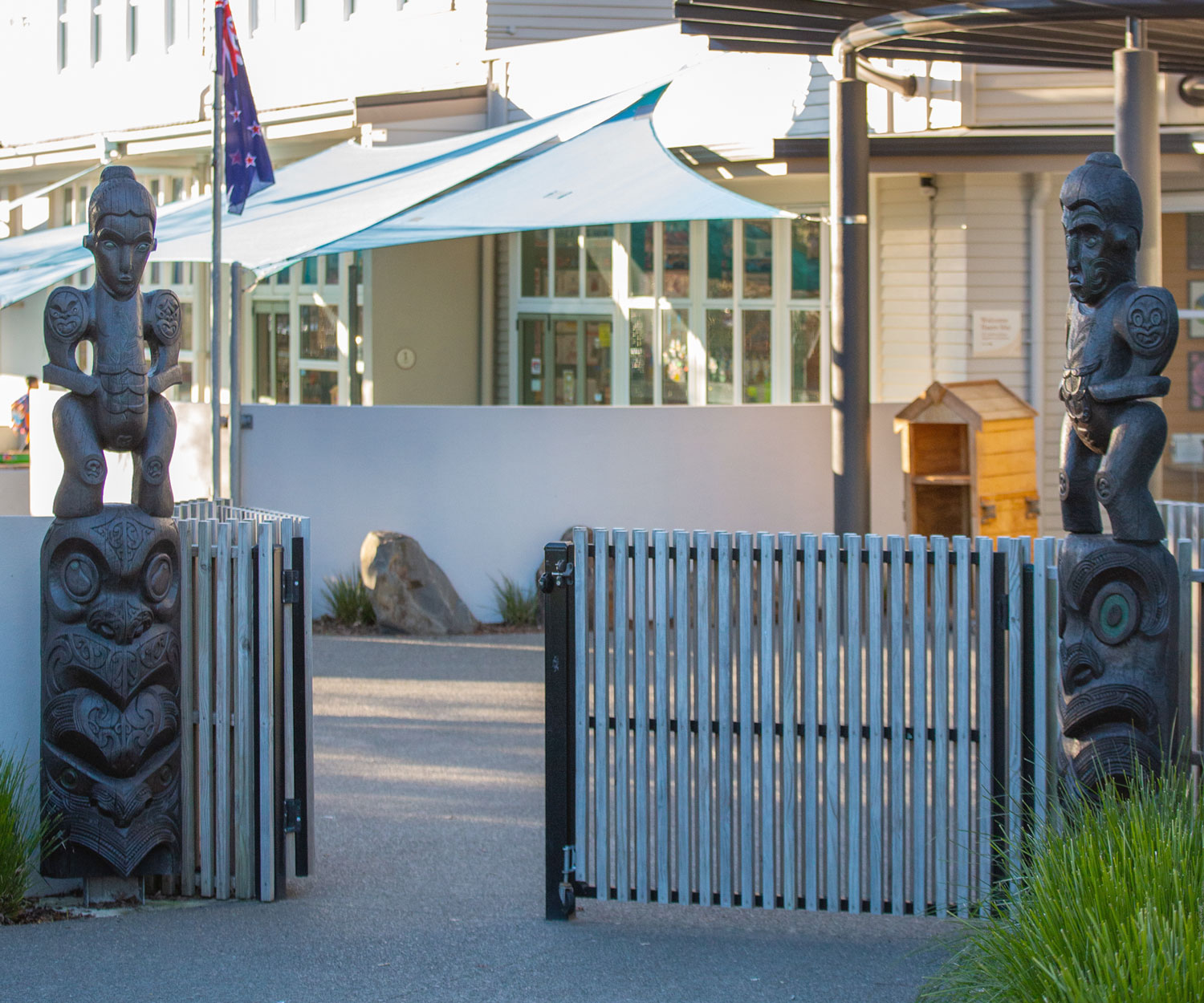
On each of their shoulders are carved heads that represent the school’s values. Below the figures are four heads that represent the schoolhouses, named after key Rangatira/Leaders of the Battle of Pukehinahina/Gate Pā. Below Te Rauhea is Rawiri Puhirake and bottom is Henare Wiremu Taratoa. Below Matatu is Hēni Pore and bottom is Penetaka Tuaia. You will notice in the eyes of Hēni Pore are Hue/Gourds.
A gourd was used as a water container to aid an injured British soldier which embraces the compassion and dignity that was shown during the time of war. On each finger of Te Rauhea’s hand are 6 manaia head, which represent the Iwi/Tribes that Tautoko/Supported Tauranga Moana in the Battle of Pukehinahina. On the knees of each figure are 4 carved heads representing British Governor George Grey, General Duncan Cameron, Lieutenant-Colonel Henry Greer and Captain John Hamilton.
On either side of these two Pou are six painted pouwhenua. These are the result of a collaborative project between Gate Pā School students, their families and local artists from The Incubator. They depict six different continents and some of the cultures within. They reflect the students’ view of their culture. They also acknowledge and celebrate the rich cultural diversity of Gate Pā School, a school who values the histories and traditions of all its people.
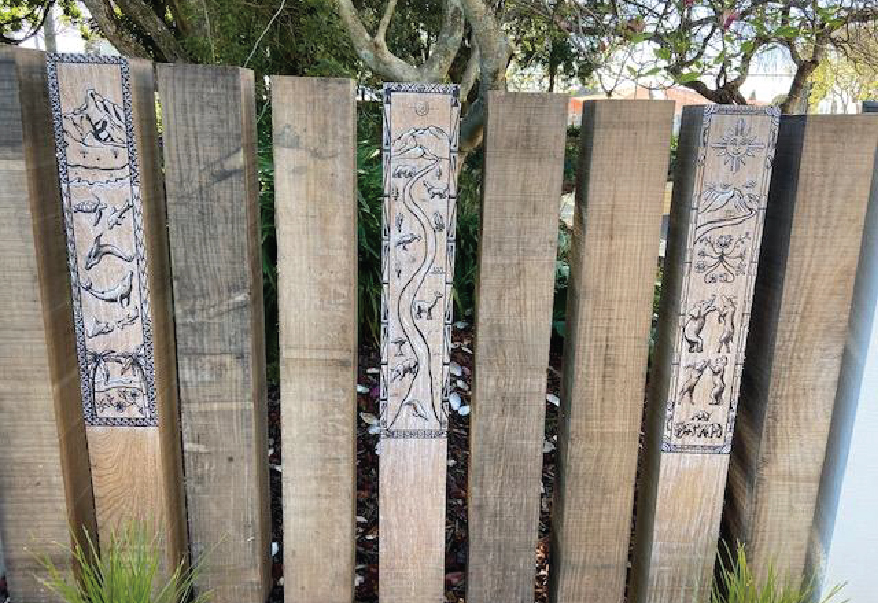
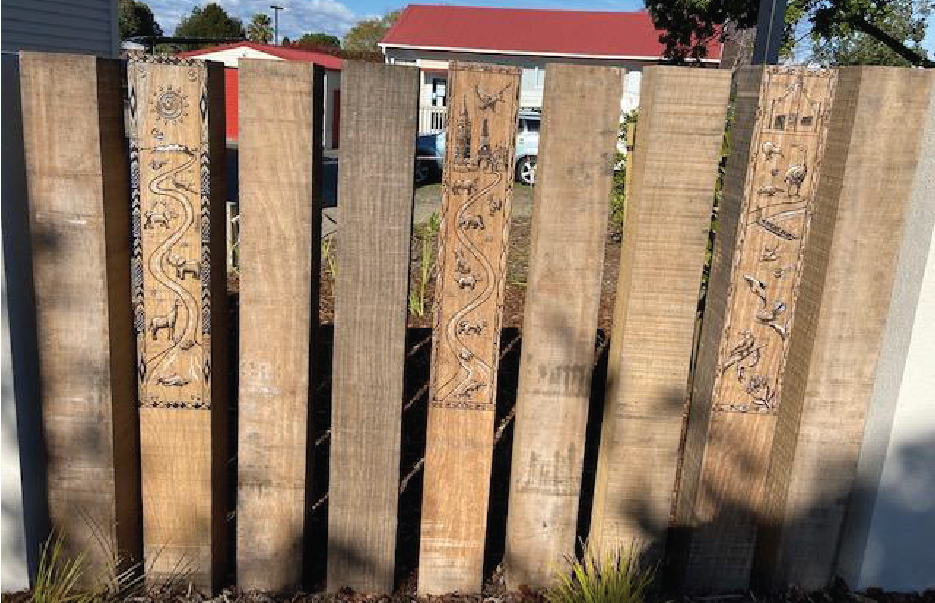
Local Iwi
There are three iwi of Tauranga Moana:
The boundaries of the tribes’ territory run from Bowentown, at Tauranga Harbour, down to Pāpāmoa, inland along the Kaimai Ranges, and back to Bowentown.
Ngāti Ranginui
Ngāti Ranginui’s territory includes the Tauranga shoreline. Their ancestor is Ranginui, a great grand-son of the Polynesian navigator Tamatea.
Ngāi Te Rangi
The name is shortened for that of the chief, Te Rangihouhiri, after he was killed in a battle at Maketū. To avenge his death they successfully fought for land at Tauranga Moana.
https://www.ngaiterangi.org.nz/
Ngāti Pukenga
Ngāti Pukenga occupy land at Ngāpeke, and Manaia in Hauraki. It is said their ancestor Pūkenga named the Kaimai ranges.
http://www.ngatipukenga.co.nz/


